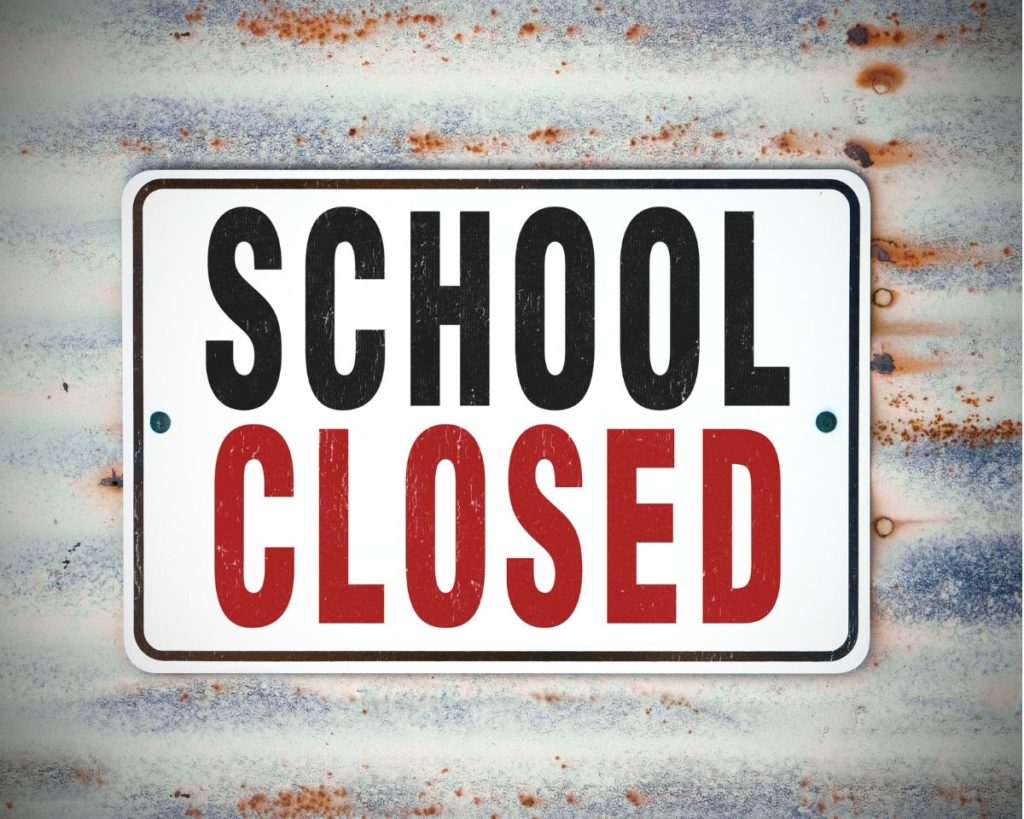The recently released school board evaluation of Denver Public Schools Superintendent Susana Cordova is a vague document that sheds light on little more than board members’ divisions over her future.
The evaluation fails by any measure to do what a fiduciary board’s assessment of its chief executive is supposed to do. It neither measures her performance against goals or other metrics, nor charts a clear course for improvement in areas some board members feel she is falling short.
In the evaluation, board members say because of disruptions caused by the COVID-19 pandemic, the expiration of the Denver Plan 2020 strategic plan, and “the new political climate” heralded by the election of three new board members last fall, the board did not “formally set goals” for the evaluation period.
Unable to reach consensus on much of anything when it comes to the one employee they oversee, board members gave Cordova the equivalent of a ‘C’ on her performance. The accompanying narrative gave no helpful, actionable guidance about how she could do better in their eyes.
Chatter around the board suggests that at least a couple of members of the seven-member body are ready to show Cordova the door, a couple strongly back her, and others fall somewhere in between. Board President Carrie Olson is doing her best to herd the cats, but I’m betting that in all her years as a stellar teacher she never faced a classroom management challenge like this one.
“This is the worst CEO evaluation or performance review I have ever read,” said Van Schoales, President of A+ Colorado, an education research and advocacy organization that closely monitors all things DPS. “It doesn’t touch on how DPS kids are doing, or what Susana has done relative to the district’s strategic plan.”
In short, Schoales told me, “it’s an evaluation that offers no direction. Regardless of what you think the direction should be, it’s what an evaluation has to provide. It’s a clear example of this board’s terrible management.”
It’s hard to argue with that. If the district, overseen by the board, can expend enormous energy establishing quantifiable goals for its schools and then holding them accountable for progress toward those goals, shouldn’t it be a relatively simple task to do the same for one employee?
A 2010 white paper from the American Association of School Administrators, a mainstream, ‘establishment’ organization, spends 35 pages detailing best practices in evaluating a superintendent. It’s hard to imagine finding a better negative example than the recent Cordova evaluation. Here are a few of the association’s benchmarks for a good evaluation contrasted with how the DPS board went about its work.
“This is the worst CEO evaluation or performance review I have ever read.”
–Van Schoales, A+ Colorado
First, the white paper says (similar to Schoales), an evaluation must provide “clear, specific performance expectations and document performance using multiple sources of data.”
Cordova’s evaluation provides seven pages of narrative entirely devoid of numbers, or any data other than vaguely referred to results of a 360-degree evaluation from “key stakeholders that surround the superintendent.”
Second, the superintendent should be measured against eight professional standards: leadership and district culture; policy and governance; communications and community relations; organizational management; curriculum planning and development; instructional management; human resources management; and values and ethics of leadership.
Instead, the evaluation divides Cordova’s performance into four broad categories it calls “core values and competencies”: leadership and management; staff organizational culture; community and equity; superintendent board relationship. Each category is augmented by between three and five one-sentence bullet points.
Conspicuously absent from the board’s evaluation are any standards connected to the actual nuts and bolts of schooling — curriculum and instruction. Management of human resources is missing as well, and it’s an important piece, because it is the superintendent’s hires — especially principals — who determine how well students learn.
Next, the white paper says the board and superintendent should work together to establish “clear and specific goals for the district, and the expectations of the superintendent in fulfilling those goals…This collaborative process clearly requires input from both the school board and the superintendent, who ultimately is responsible for carrying out the daily performance of job expectations.”
There’s no evidence that the board and superintendent worked together on this. In fact, in the evaluation’s conclusion, the board says it looks forward to “a vision and set of goals that are identified in this evaluation. We are confident the superintendent has the requisite competence and skills to do so.” This places the burden on Cordova alone to develop the goals on which she’ll be evaluated in the future.
Instead of setting clear and specific goals for this evaluation period for reasons enumerated above, the board “decided to conduct an evaluation process to assess the Superintendent for core values and competencies as well as position the BOE to lead the district into a new direction.”
Finally, “In order to develop a complete picture of a superintendent’s contribution to the overall success of the school system, the board should use multiple sources of broad-based information.”
This is important, the white paper says, because “a sound evaluation system will always be based on actual performance data collected through multiple means that are representative of the superintendent’s total performance during the period covered by the performance assessment. Thus, using a more comprehensive set of data is essential and can yield a far more valuable performance assessment.”
Since the board used no data outside the 360 degree evaluation, conducted by an outside contractor, their assessment fell short by this measure as well.
Rather than producing such a watered-down, bewildering document, wouldn’t it have been better for the board to parallel the Colorado Department of Education, which has paused state assessments during the pandemic disruption, and simply wait until next year to produce an evaluation?
Not if the real goal of the evaluation is to send a warning shot across the superintendent’s bow: Get with our program. Or else.
Much of the evaluation, and especially the sections critical of Cordova, focus on what some board members perceive as her lack of urgency to “shift the culture away from the shortcomings of the former “reform” narrative.” On one hand, the board praises Cordova and her senior team as “high functioning and respectful,” On the other hand, it criticizes them for “too attached to the direction of the former administration.”
The board also says it worries that there is a “lingering collective mindset. Further, we see that new hires perhaps are people Susana trusts and compliments or supports her, but may not be the people she needs, or people that know the school communities deeply. This has caused friction between the BOE and the senior leadership team as the board pursues new directions.”
It must be frustrating to be on the receiving end of such an evaluation. The only thing clear from reading it is that no consensus exists on this board, and as a result, it can offer its one direct-report no useful guidance.
I’ll conclude with one last quote from the white paper, which sounds almost as though the authors had peered into the future from 2010 and read the Denver board’s evaluation of Cordova:
“The superintendent is the only employee in the entire organization who is supervised by multiple evaluators, all of whom typically are community members untrained in the evaluation of professional educators. This often results in differing performance expectations and conflicting perspectives on the superintendent’s performance that get resolved…by “averaging” the varying opinions…“(A)veraging” provides the superintendent feedback that is very general and not useful to target improvement.”




